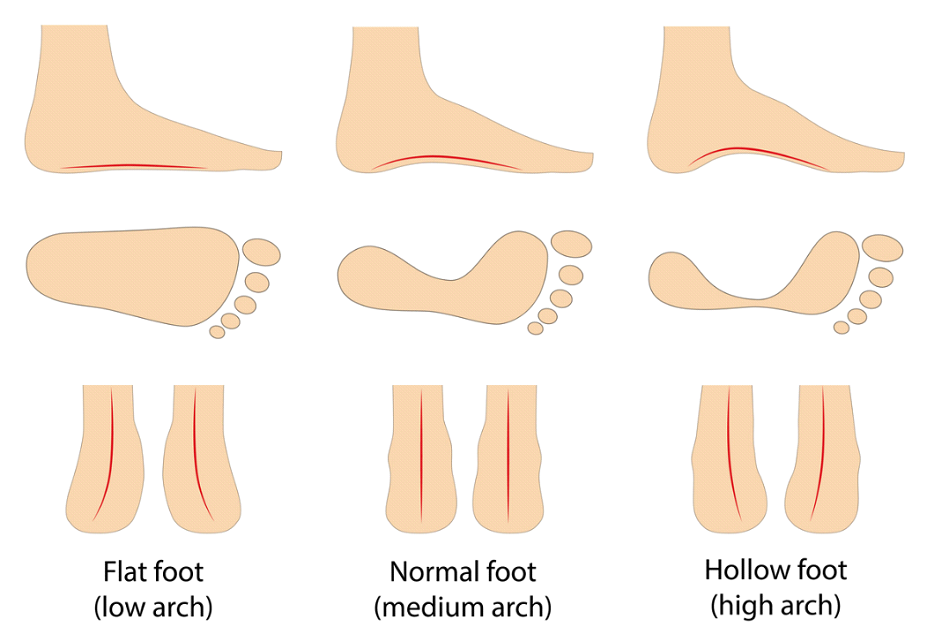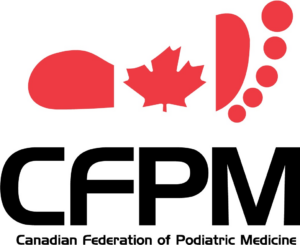
Flatfoot is often a complex disorder, with diverse symptoms and varying degrees of deformity and disability. There are several types of flatfoot, all of which have one characteristic in common: partial or total collapse (loss) of the arch. Other characteristics shared by most types of flatfoot include toe drift, in which the toes and front part of the foot point outward. The heel tilts toward the outside and the ankle appears to turn in. A tight Achilles tendon, which causes the heel to lift off the ground earlier when walking and may make the problem worse, bunions and hammertoes may develop as a result of a flatfoot.
High-Arched Foot (Cavus Foot) is a condition in which the foot has a very high arch. Because of this high arch, an excessive amount of weight is placed on the ball and heel of the foot when walking or standing. Cavus foot can lead to a variety of signs and symptoms, such as pain and instability. It can develop at any age and can occur in one or both feet.
If you’re experiencing pain from a collapsed or excessively high arch, we can help. These conditions often lead to a variety of issues, from pain in the heel and ball of the foot to the development of bunions and hammertoes.
Our dedicated chiropodists provide targeted, professional treatment to alleviate your pain and restore your comfort.
Book an appointment and see what is the best option for relief for you.







